Preparing Your Pet for Climate Change: Tips for Extreme Weather
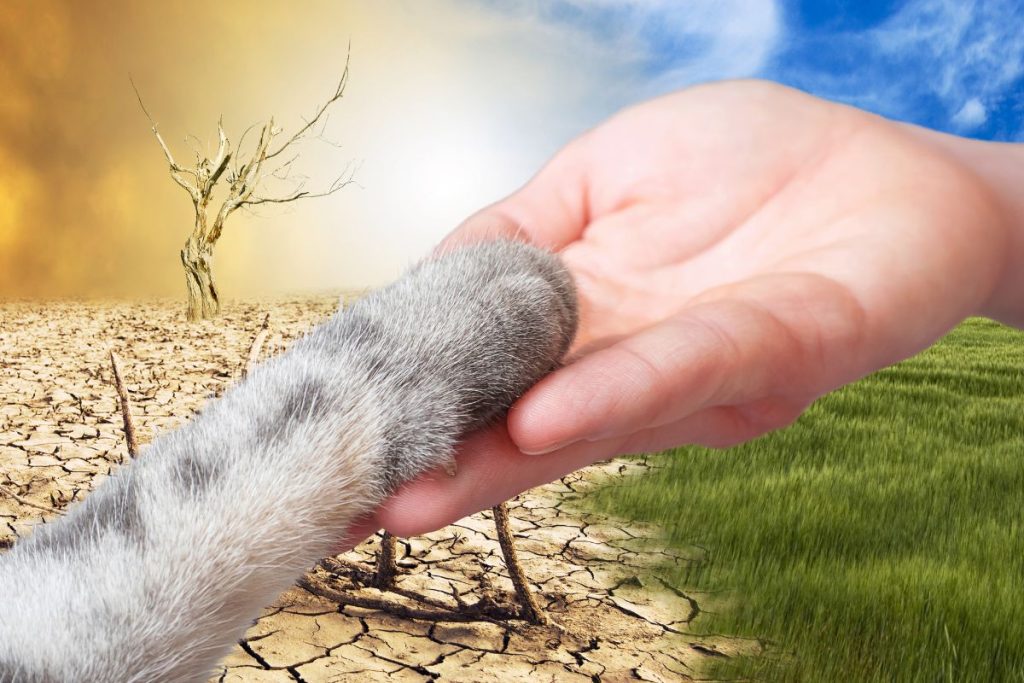
As climate change continues to cause more frequent and intense weather events, it’s essential to consider how these changes impact not only us but also our beloved pets.
Extreme temperatures, storms, and natural disasters can pose serious risks to animals, and ensuring that your pet is prepared for these challenges is crucial.
In this article, we’ll explore how you can help your pet stay safe and comfortable during extreme weather conditions.
Understanding the Impact of Extreme Weather on Pets
Extreme weather events, such as heatwaves, cold snaps, flooding, and severe storms, can be overwhelming for pets.
They are more vulnerable to temperature fluctuations and may not always be able to seek shelter or adjust as humans do.
For instance, pets with thicker coats may struggle in the heat, while short-haired or elderly pets might have difficulty in extremely cold conditions.
Furthermore, pets can experience increased anxiety during storms or after natural disasters, which may lead to destructive behaviors or health problems.
By preparing in advance, you can minimize these risks and ensure that your pet remains safe and comfortable.
Preparing Your Pet for Extreme Heat
Provide Plenty of Fresh Water and Shade
During hot weather, it’s essential to keep your pet hydrated and provide plenty of shade. Make sure your pet has access to fresh, cool water throughout the day.
If you’re spending time outdoors with your pet, ensure there is a shaded area where they can rest and cool down.
Avoid taking walks during the hottest parts of the day—early mornings or late evenings are the best times for outdoor activities.
For pets with thicker fur or those prone to heatstroke, consider giving them a cooling mat or wet towels to lie on. Additionally, make sure your pet’s resting area is well-ventilated to help maintain a comfortable temperature.
Groom Regularly
Regular grooming can help your pet stay cool during hot weather. Brushing your pet’s coat removes tangles and mats that can trap heat.
For dogs and cats with thick coats, trimming their fur (without shaving it completely) can provide extra comfort during the summer months.
However, be cautious with trimming, as some pets may need their coats for protection against the sun. Always consult your vet before making any drastic grooming decisions.
Know the Signs of Heatstroke
Heatstroke can be life-threatening for pets. It’s important to recognize the signs early and take action immediately. Symptoms of heatstroke in pets include:
Excessive panting or drooling
Vomiting or diarrhea
Rapid heartbeat
Lethargy or confusion
Red or pale gums
If your pet exhibits any of these signs, move them to a cool, shaded area, offer water, and contact your veterinarian immediately. Never leave your pet in a parked car, as temperatures inside can rise dangerously high, even with the windows cracked.
Preparing Your Pet for Cold Weather
Create a Cozy, Warm Shelter
As the temperature drops, your pet may need extra warmth to stay comfortable. For outdoor pets, provide a well-insulated shelter that keeps them safe from the cold and dry.
It should have proper bedding, like straw or blankets, to help retain warmth. Avoid using materials like towels, which can absorb moisture and make it harder to stay warm.
If your pet lives indoors, ensure they have a cozy spot to curl up in, away from drafts and near a heat source. Keep the temperature in your home consistent, and avoid leaving pets in unheated areas for extended periods.
Protect Paws from the Cold
Cold weather can be tough on your pet’s paws, especially in areas with snow, ice, or salt. To protect your pet’s feet, consider using booties designed for winter weather. If your pet refuses to wear boots, wipe their paws with a damp cloth after walks to remove any snow or ice buildup.
Additionally, be cautious when walking your pet in icy conditions, as they can slip and fall, potentially injuring themselves.
Watch for Hypothermia
Just like heatstroke in the summer, hypothermia is a serious risk in the winter. Symptoms of hypothermia in pets include:
Shivering or trembling
Lethargy or weakness
Unusual slow movements or trouble walking
Pale or blue-colored gums
If you suspect your pet is suffering from hypothermia, move them to a warm area immediately, wrap them in blankets, and contact your vet for advice.
Preparing Your Pet for Severe Storms
Create an Emergency Plan
Natural disasters, such as tornadoes, hurricanes, and floods, can be especially traumatic for pets.
The best way to prepare is by having an emergency plan in place.
Know where the nearest pet-friendly shelters are, and make sure your pet’s carrier or crate is ready for quick transport.
Keep an emergency kit with essential supplies, including:
Food and water for at least three days
Pet medications and first aid supplies
Leashes, harnesses, and toys for comfort
A photo of your pet in case they get lost
In the event of an emergency, try to keep your pet in a quiet, calm area. Use calming techniques, such as playing soothing music, to help alleviate their anxiety during storms.
Practice Safe Sheltering
If your area is prone to severe weather, make sure your pet has a designated safe space. This might be a basement, hallway, or room without windows.
During a storm, keep your pet indoors and away from windows or glass doors, as debris can cause injuries.
If you live in an area prone to flooding, elevate your pet’s bedding and belongings to prevent them from getting soaked.
Preparing Your Pet for Air Quality Changes
Extreme weather conditions can also affect air quality, especially during wildfires or dust storms.
Smoke and pollutants can irritate your pet’s respiratory system, so it’s important to take extra precautions.
Keep Pets Indoors
During times of poor air quality, it’s best to keep your pet indoors as much as possible. If you need to go outside with your pet, consider using a mask to reduce exposure to pollutants.
Make sure your home is properly ventilated, and consider using an air purifier to help filter the air inside.
Watch for Breathing Difficulties
If you notice your pet showing signs of respiratory distress, such as coughing, wheezing, or difficulty breathing, consult your vet immediately.
Pets with pre-existing health conditions, such as asthma or heart disease, are especially vulnerable to poor air quality and may require extra attention during these times.
Ensuring Your Pet’s Safety in Changing Times
As the effects of climate change continue to impact the world, it’s crucial to be proactive about preparing your pet for extreme weather.
By taking these steps to protect your pet during extreme heat, cold, storms, and other natural disasters, you can ensure their safety and well-being.
With a little planning and precaution, you can enjoy many more years of happy and healthy moments with your furry friend, no matter what weather challenges arise.
Did you find this post useful or inspiring? Save THIS PIN to your PETS Board on Pinterest!
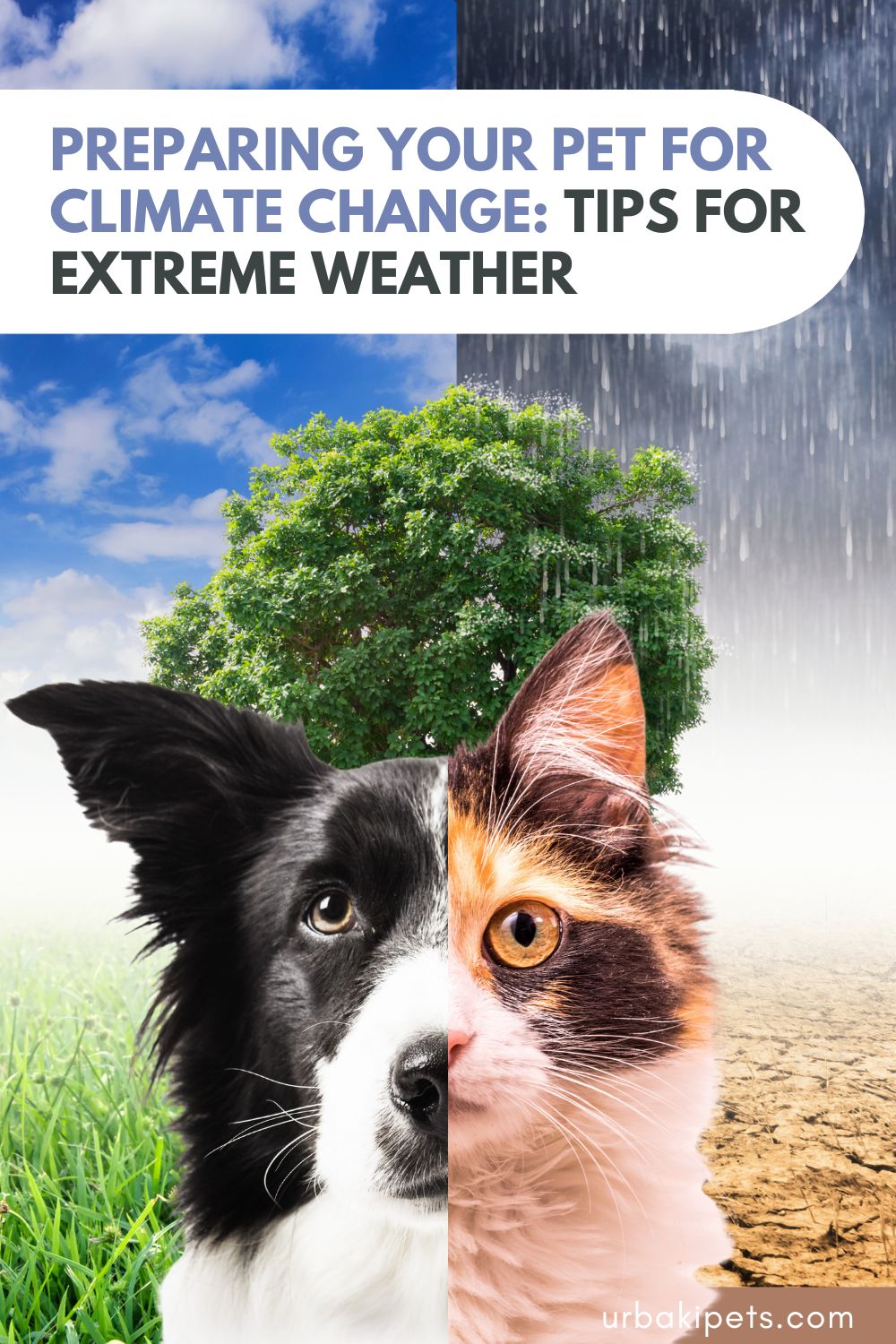

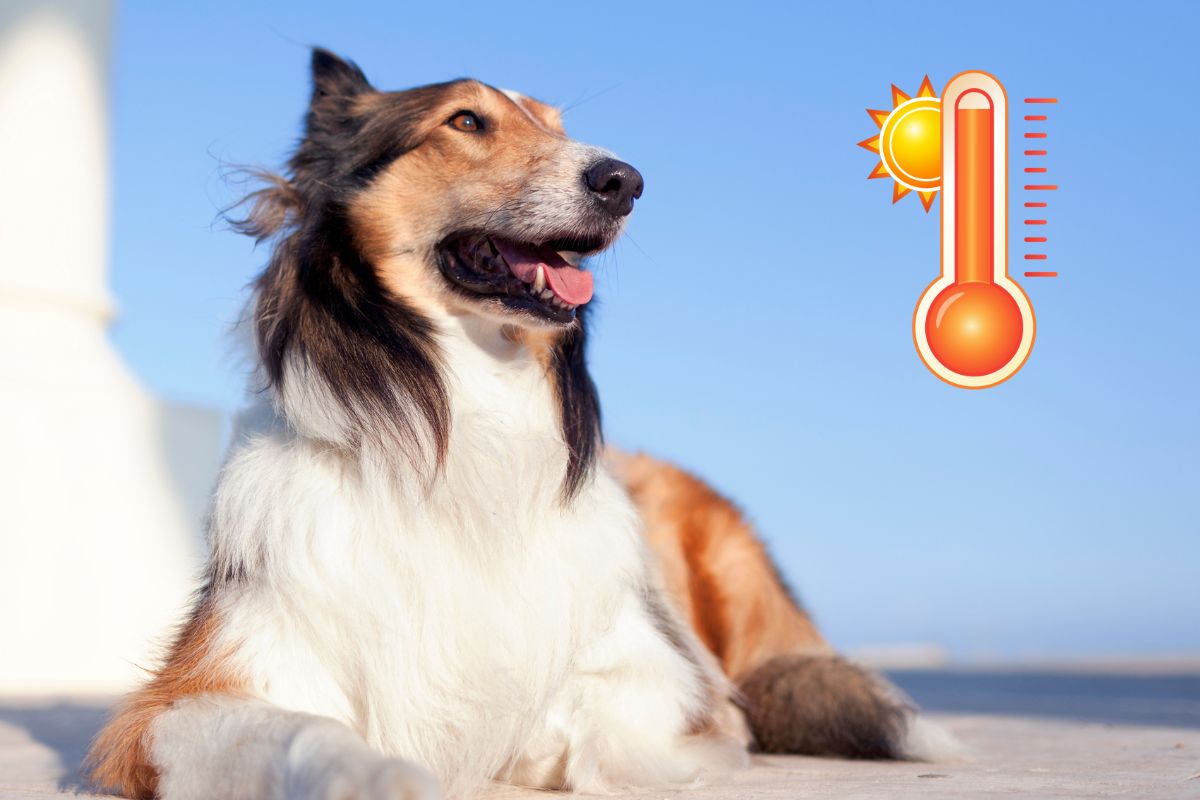
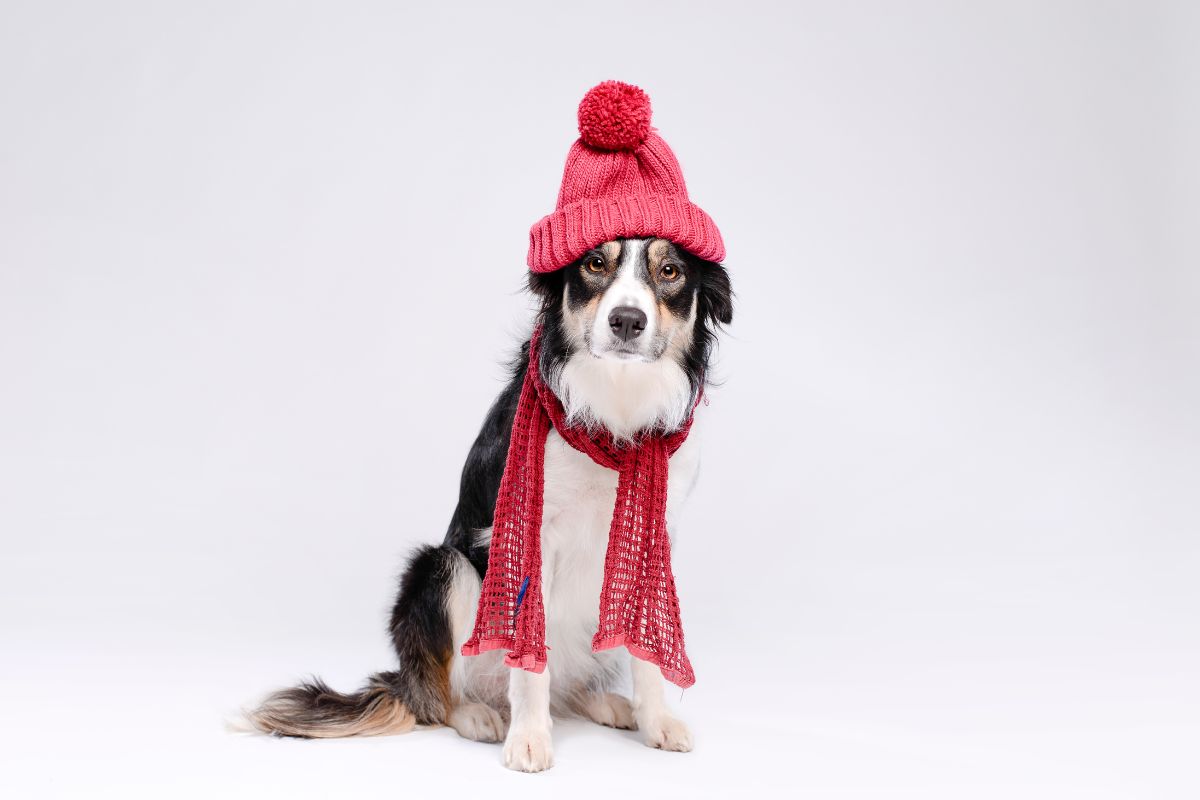
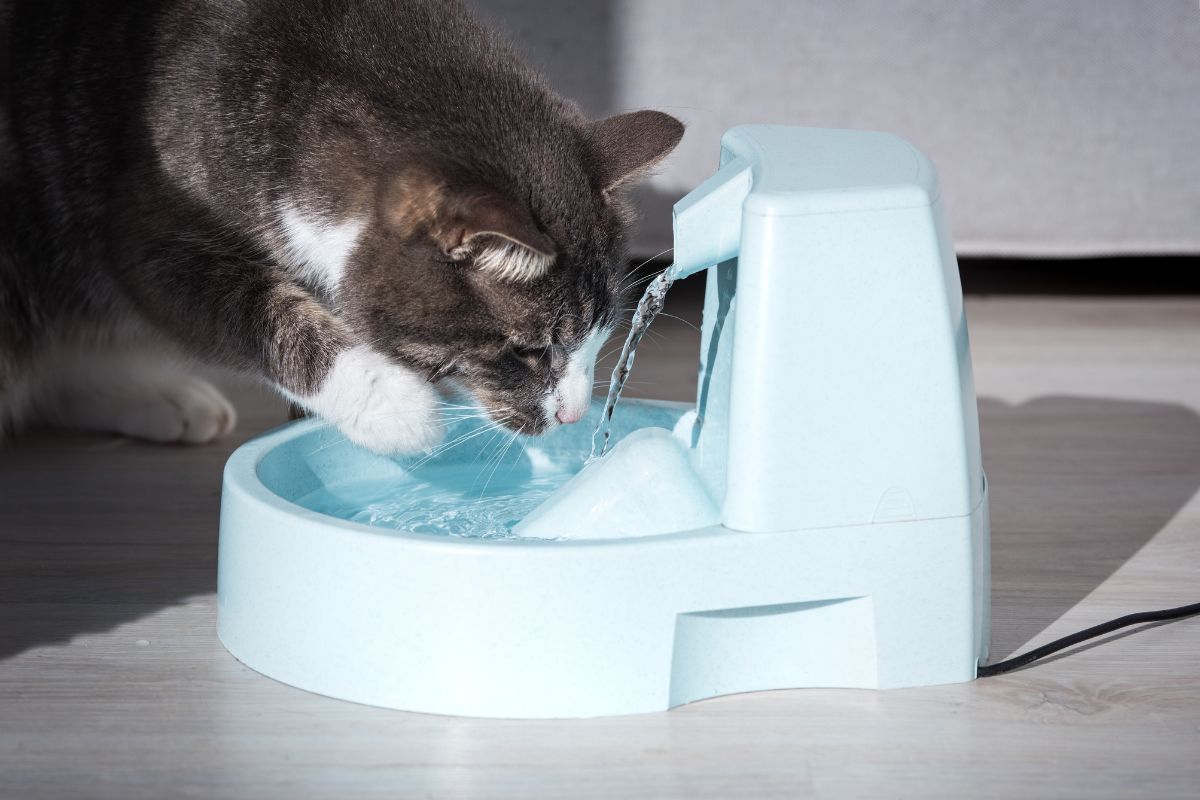
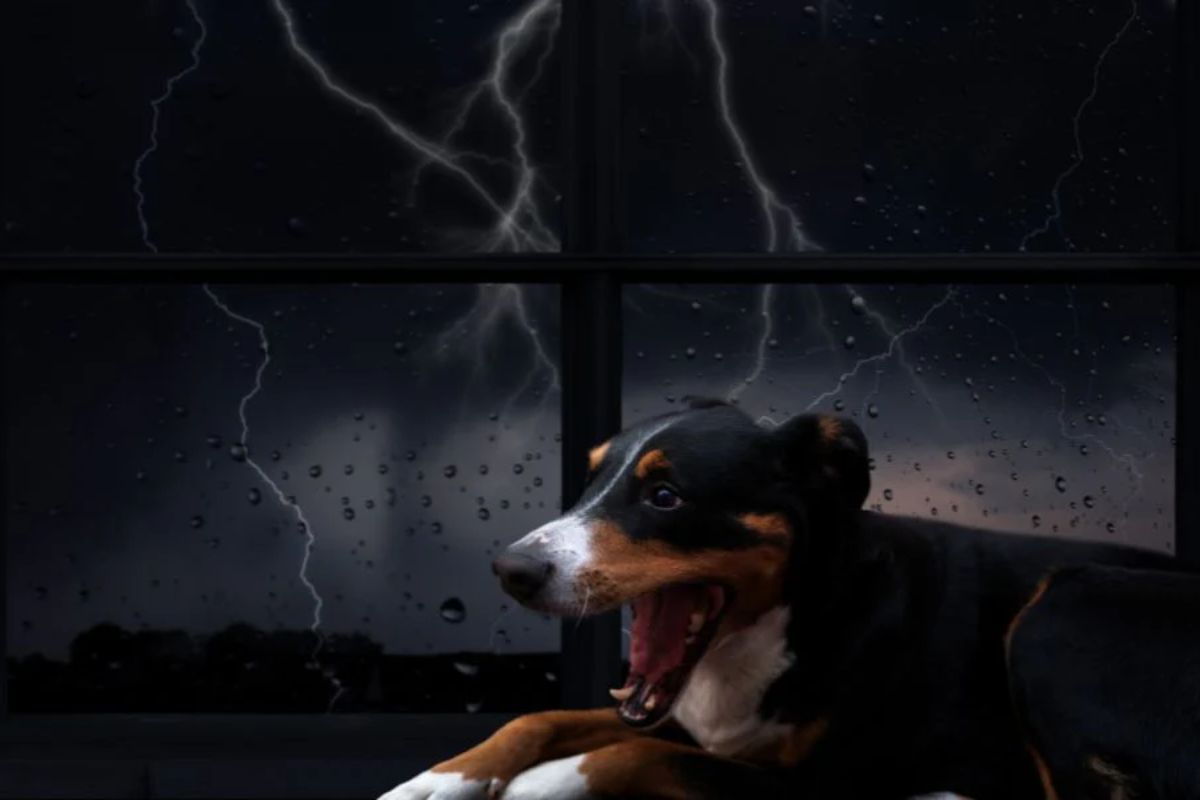

You may also like